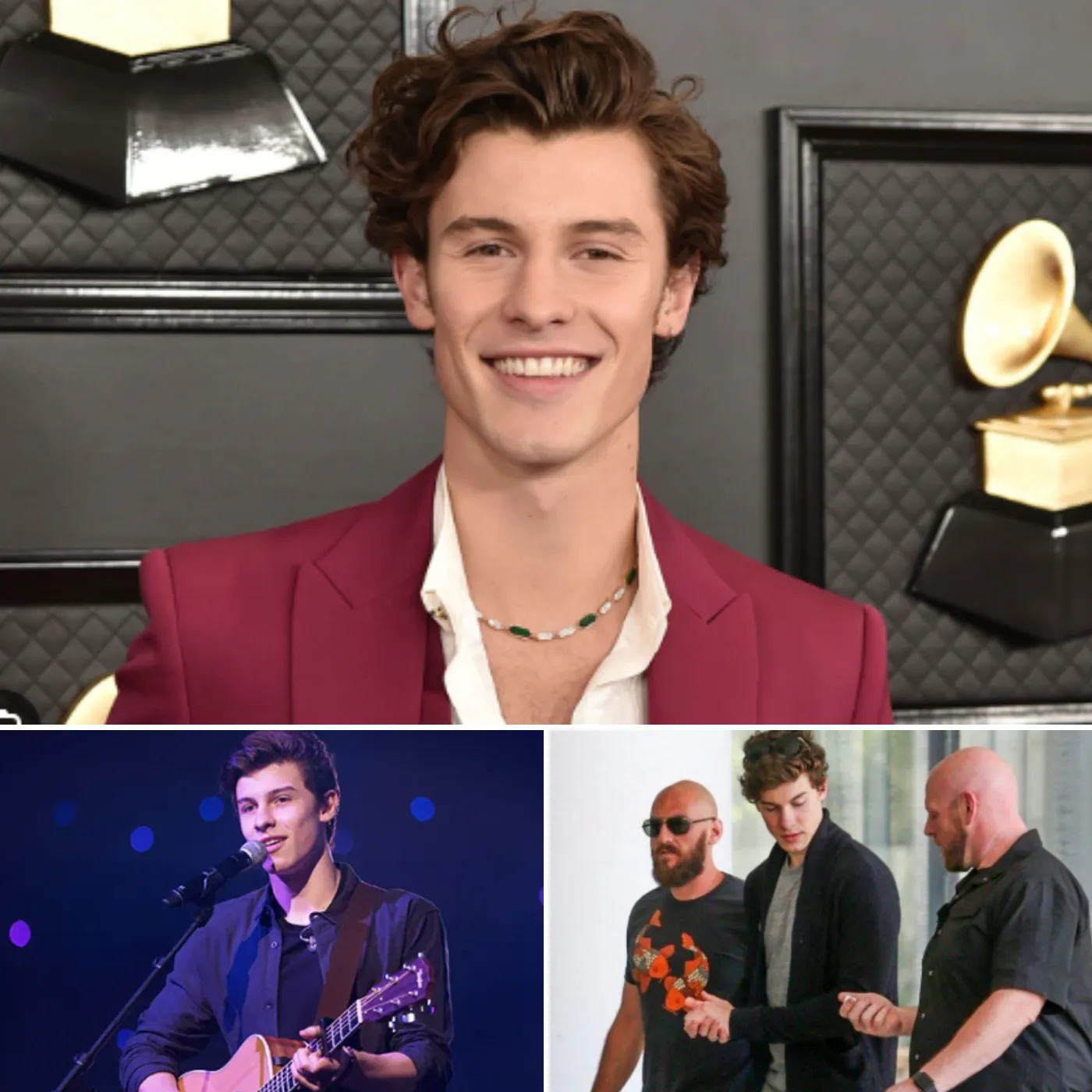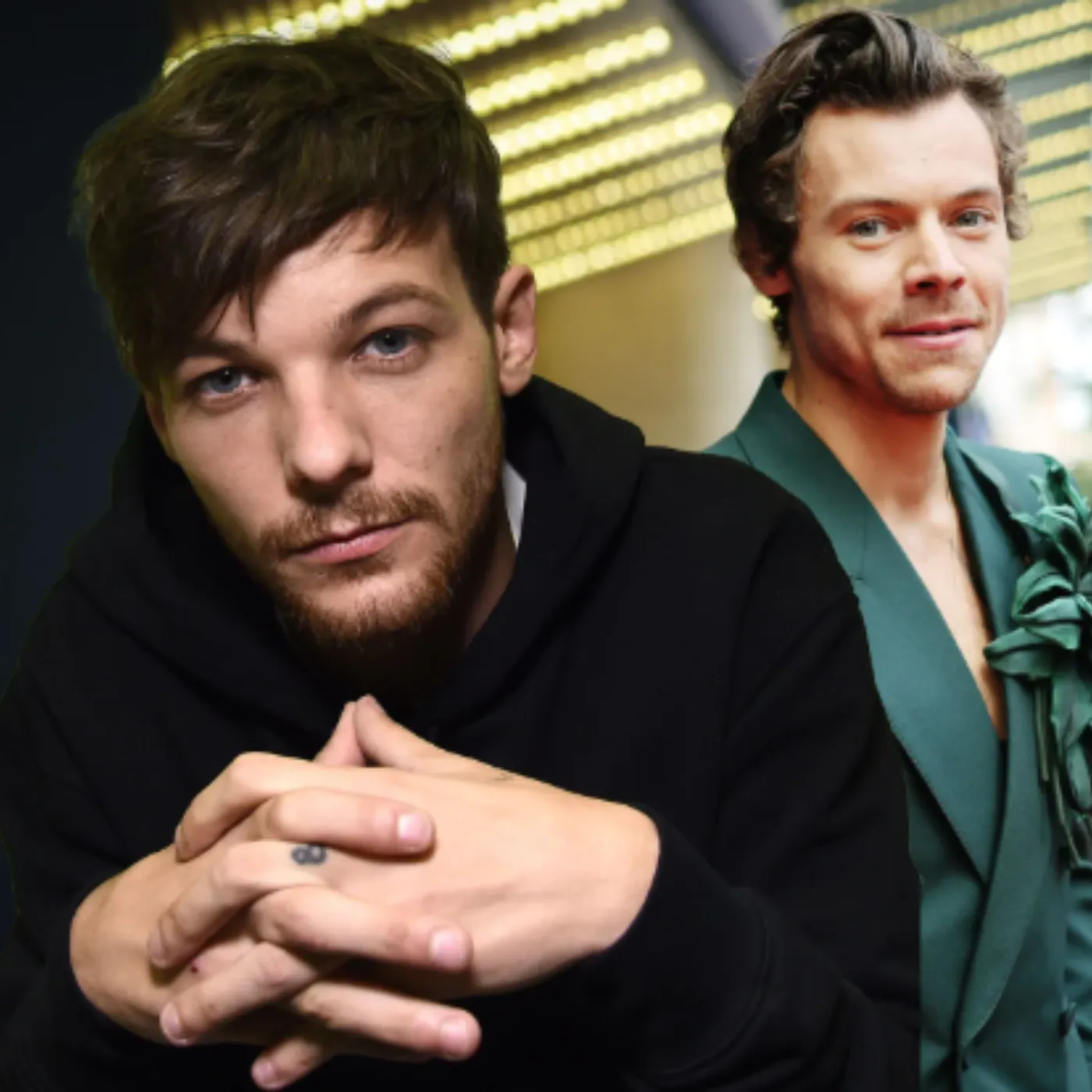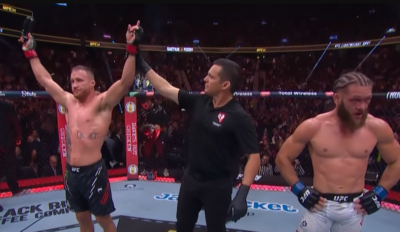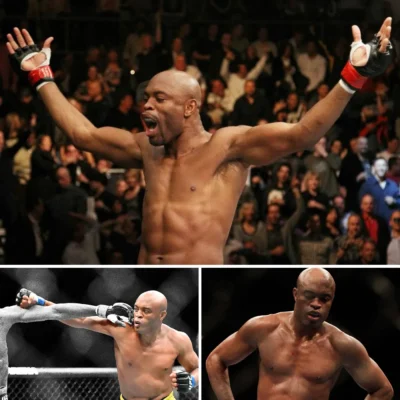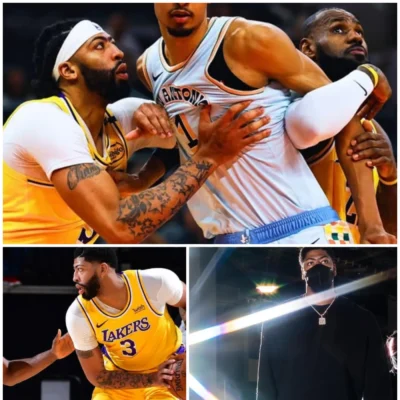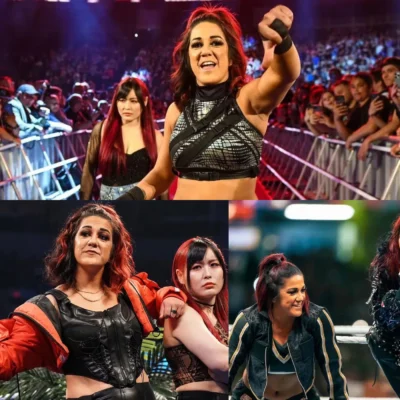

Rihanna’s Savage X Fenty: Empowering Women or Just Another Marketing Ploy?
Rihanna’s lingerie brand, Savage X Fenty, has been widely lauded for its bold approach to body inclusivity and diversity. Since its launch in 2018, the brand has consistently pushed boundaries by embracing models of all sizes, shapes, and colors, challenging traditional beauty standards, and promoting a more inclusive definition of femininity. Through high-profile fashion shows, campaigns, and its ongoing commitment to offering extended sizes, Savage X Fenty has positioned itself as a brand that empowers women.
However, with the growing popularity of body positivity and inclusivity in the fashion industry, some critics question whether Savage X Fenty’s approach is a genuine movement toward empowerment or simply a well-timed marketing strategy that capitalizes on current trends. In this article, we explore whether Rihanna’s brand is truly a force for empowerment or just another business decision designed to tap into the lucrative market for diverse and inclusive products.

Savage X Fenty: A Revolution in the Fashion Industry
Rihanna’s Savage X Fenty broke traditional norms in the lingerie industry when it debuted with a fresh and inclusive approach. One of the brand’s main selling points is its commitment to diversity in its marketing and product lines. In contrast to many lingerie brands that have traditionally limited their campaigns to slim, fair-skinned models, Savage X Fenty has been widely celebrated for showcasing models of various body types, ethnicities, and gender identities.
Rihanna has consistently emphasized her desire to create a space where women, regardless of their size or background, can feel seen and celebrated. The brand’s size range is a notable achievement, with Savage X Fenty offering bras, panties, and loungewear in sizes from XS to 3X. By including plus-size models alongside smaller-framed models, Rihanna’s brand has created a platform where every woman can feel represented. The shows, which are known for their performances and inclusivity, feature models of all shapes and sizes, adding to the narrative that beauty is not confined to one specific body type.
Savage X Fenty’s fashion shows, which are streamed on Amazon Prime, have received widespread praise for their production value and diversity. They have helped to redefine what a lingerie show can look like, showing off bold fashion choices alongside a wide array of body types, skin tones, and gender expressions. The inclusion of LGBTQ+ models, as well as women of all sizes and ethnic backgrounds, helps further the brand’s message that everyone, regardless of appearance or identity, deserves to feel confident and beautiful.
The Critics’ Perspective: Is It a Marketing Strategy?
Despite its widespread acclaim, not everyone is convinced that Savage X Fenty is as empowering as it appears. Some critics argue that the brand’s commitment to inclusivity may be more of a savvy business move than a true act of empowerment. In today’s market, inclusivity has become a key selling point for many brands, and offering products that cater to a diverse range of body types has proven to be profitable. For many, it raises the question: Is Rihanna’s focus on body positivity genuine, or is it simply capitalizing on a trend to appeal to a broader audience?
In a world where “body positivity” is a hot button issue, many brands are jumping on the bandwagon by showing diverse models in their campaigns. Rihanna, as a celebrity and fashion icon, understood early on that inclusivity was not just a moral stance but also a marketable one. It’s undeniable that the lingerie industry, for example, has long been criticized for promoting an unrealistic and narrow view of beauty. Brands that have embraced body positivity have been able to capture the attention of millions, with customers seeking out products that align with their values of diversity and representation.
Savage X Fenty’s widespread success may, in part, be attributed to the timing of its launch. The demand for inclusive fashion and beauty products was rapidly growing in 2018, and Rihanna’s brand capitalized on this moment. The rise of body positivity movements, fueled by influencers and celebrities, played a crucial role in shaping the cultural conversation around representation. Rihanna’s decision to launch Savage X Fenty at this particular moment speaks to her awareness of this cultural shift, and critics argue that her inclusion of diverse models could be seen as more of a response to market demand than a revolutionary act of social change.

Is It Empowering or Exploitative?
One of the central debates surrounding Savage X Fenty’s approach is whether it truly empowers women or merely exploits the current cultural climate. By embracing all body types and offering a broad size range, Rihanna has undoubtedly given women more options and representation in a space that has often been exclusive. But is it enough to simply include diverse bodies in campaigns, or does real empowerment require a deeper commitment to ethical production practices, affordable pricing, and other social justice initiatives?
For example, while Savage X Fenty may be praised for its inclusivity in terms of body type and ethnicity, there’s an ongoing debate about the pricing of the products. The brand is marketed as a luxury line, with prices for bras and pants often ranging in the $30 to $70 range. While this is a reasonable price point for many, some argue that it may not be accessible to all women, particularly those who do not have the financial means to regularly purchase luxury items. This raises the question: can a brand truly be considered empowering if it doesn’t offer accessibility in terms of pricing or production practices? Is the concept of inclusivity undermined when only a specific socio-economic group can afford the products?
Additionally, the fact that Savage X Fenty is a multi-million-dollar business owned by one of the wealthiest entertainers in the world prompts questions about its underlying motivations. Can a brand built on such commercial success truly be seen as a transformative force, or is it simply using inclusivity to increase its market share and profits?








